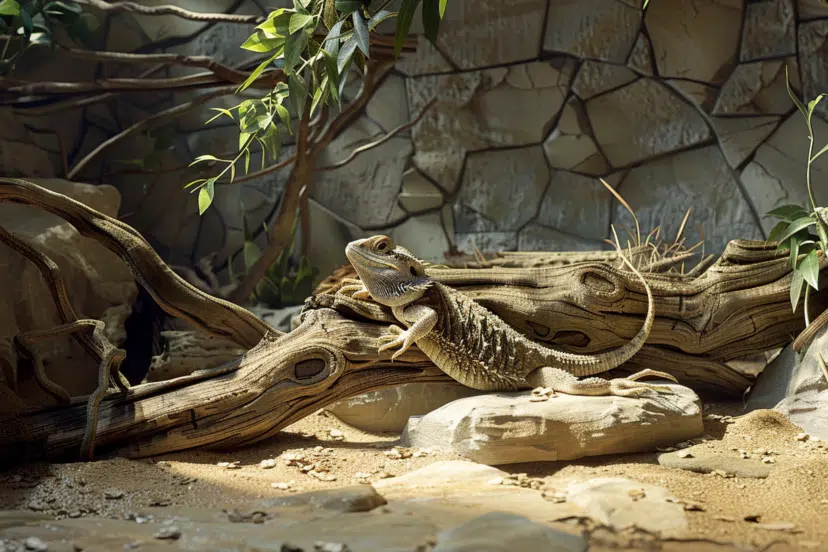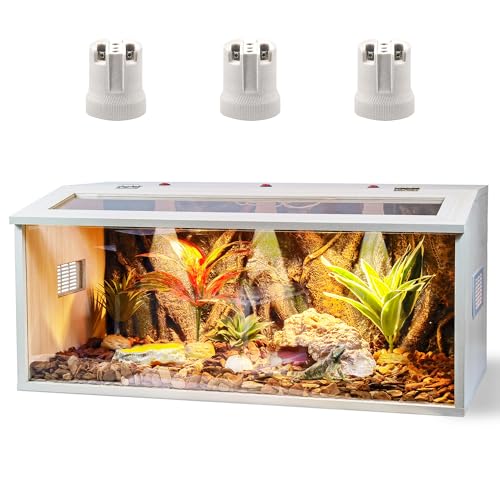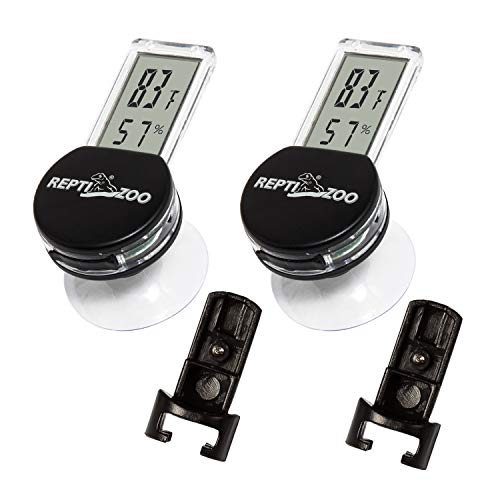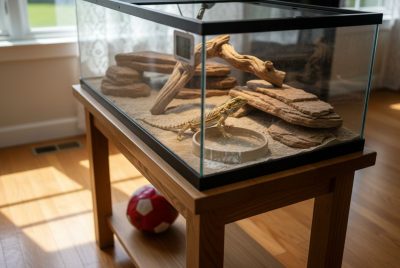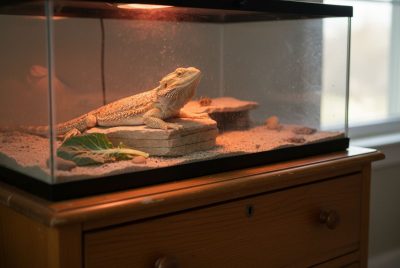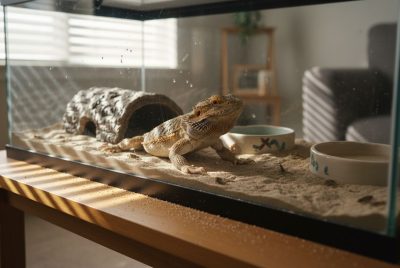Bearded Dragon Vivarium: The Ultimate Setup
Introduction to Bearded Dragon Vivariums
When it comes to keeping a bearded dragon, one of the most important aspects of their care is creating the perfect living environment. A vivarium, which is essentially their home, plays a critical role in their overall well-being. As an enthusiast, I’ve learned through experience how vital it is to get this right from the start.
Why the Right Vivarium is Crucial for Bearded Dragons
Bearded dragons are native to the arid regions of Australia, and their vivarium should mimic their natural habitat. Without the right setup, your beardie can become stressed, which could lead to health problems. The goal is to create a comfortable and enriching environment where they can thrive, similar to the outback.
Choosing the Perfect Bearded Dragon Vivarium Size
The size of your bearded dragon’s vivarium matters more than you might think. They need ample space to move around, bask, and explore.
Factors That Determine Vivarium Size
When selecting the right size, consider your dragon’s age and size. Hatchlings can do well in smaller spaces, but as they grow, so must their habitat. Adult bearded dragons typically require more room to roam and regulate their body temperature.
Recommended Vivarium Sizes
For baby dragons, a 20-gallon tank may suffice for the first few months. However, as they grow, a 40-gallon vivarium is the minimum for juveniles. For adult bearded dragons, a 75-gallon to 120-gallon vivarium provides enough space for them to be comfortable.
The Ideal Vivarium Substrate
Now, let’s talk about the ground beneath your dragon’s feet – the substrate. Choosing the right substrate is essential not just for comfort but also for their health.
Safe Substrates for Your Bearded Dragon
I recommend using substrates like reptile carpet, tile, or paper towels for beginners. These are easy to clean and pose no risk of ingestion, which can sometimes happen with loose substrates.
Substrates to Avoid
While it might be tempting to use sand to recreate the desert, it’s best to avoid it. Loose substrates like sand can lead to impaction, a serious condition where your dragon might ingest particles, which can block their digestive system.
Setting Up Lighting and Heating in the Vivarium
Bearded dragons are reptiles, and like all reptiles, they rely on external sources of heat to regulate their body temperature. Ensuring you have the right lighting and heating setup is critical for their health.
Understanding the Bearded Dragon’s Lighting Needs
Dragons need a well-regulated cycle of light and dark to thrive. In the wild, they bask in the sun to warm up, so you need to mimic this in their vivarium with a basking lamp.
The Importance of UVB Lighting
UVB light is essential for bearded dragons because it helps them synthesize vitamin D3, which in turn allows them to absorb calcium. Without proper UVB lighting, they could suffer from metabolic bone disease, a serious and often fatal condition.
Heating Elements: Getting the Temperature Right
In addition to lighting, you need to maintain proper heating in the vivarium. The basking area should be around 100-110°F, while the cooler side should range between 75-85°F. Use a thermometer on both sides of the vivarium to monitor the temperatures and adjust as needed.
Designing the Perfect Vivarium Environment
Creating a beautiful and functional environment for your bearded dragon is fun, but it also serves a purpose. The décor you add can enrich their lives and help them stay healthy.
Adding Décor and Enrichment
Incorporate natural elements like rocks, branches, and hides. Not only do these items give your dragon places to climb, bask, and hide, but they also mimic their natural environment. You can also add hammocks or logs for extra enrichment.
Maintaining Humidity Levels
Although bearded dragons come from dry climates, they still need some humidity. Keep the humidity levels in the bearded dragon vivarium between 30-40%. Too much moisture can lead to respiratory issues, while too little might cause dehydration.
Cleaning and Maintenance Tips
Maintaining a clean vivarium is crucial for your dragon’s health. A dirty habitat can lead to bacterial growth and illness.
Daily Maintenance
Every day, remove uneaten food, spot clean any waste, and check the water dish to ensure it’s clean and fresh.
Deep Cleaning Routines
Once a week, you’ll need to do a more thorough cleaning. Remove your dragon, all the décor, and disinfect the vivarium with reptile-safe products. This keeps harmful bacteria at bay and ensures your dragon’s home is clean and safe.
Transitioning Your Bearded Dragon to a New Vivarium
If you’re upgrading to a larger vivarium or moving your dragon to a new habitat, it’s essential to make the transition as stress-free as possible.
Preparing the New Vivarium
Before moving your bearded dragon, set up the new vivarium with all the essential components – lighting, heating, substrate, and décor. Allow it to run for 24 hours to ensure everything is working correctly and that the temperature and humidity levels are stable.
Minimizing Stress During the Move
When it’s time to move your dragon, do so during a calm period, such as in the morning or evening. Let them explore their new surroundings at their own pace, and avoid excessive handling during the first few days while they adjust to their new environment.
Conclusion: Creating a Safe and Comfortable Home
Your bearded dragon’s vivarium is their world, and it’s up to you to make it the best it can be. By carefully considering the size, substrate, lighting, and overall design, you’ll create a vivarium that not only looks amazing but also supports your dragon’s health and happiness. When done right, your dragon will have a safe and enriching environment that mimics the wild, helping them live a long and healthy life.
FAQs
- How often should I clean my bearded dragon’s vivarium?
You should spot clean daily and do a full deep clean once a week to ensure your dragon’s habitat stays sanitary and safe.
2. Can I use sand as a substrate for my bearded dragon?
No, sand can cause impaction if ingested. Safer alternatives include reptile carpet, tile, or paper towels.
3. Do I need to provide live plants in the vivarium?
Live plants are not necessary and can sometimes increase the humidity too much. Artificial plants or natural décor work just fine.
4. What temperature should the vivarium be?
The basking area should be around 100-110°F, while the cooler side should range between 75-85°F.
5. How do I know if my bearded dragon is comfortable in its vivarium?
Signs of comfort include regular basking, healthy eating, and normal activity levels. If they are lethargic or not eating, they may be stressed.

